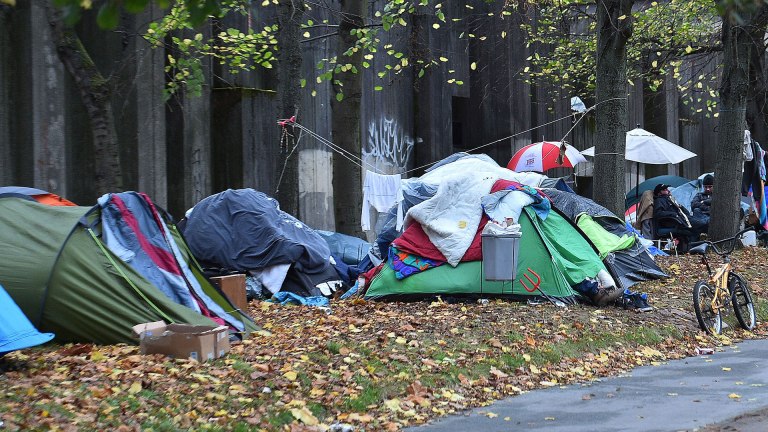“That said, we are extremely concerned at the level of placements now being made in Eastbourne by Brighton & Hove City Council. From a low point of around 40 in November 2023, numbers have tripled in less than a year.
“Compounding the effect, many of Brighton’s placements are some of their most vulnerable, moved far away from support networks, and often isolated from their community. This is a repeat of the situation several years ago, which culminated in a number of deaths in Newhaven and Eastbourne of vulnerable people placed out-of-area by Brighton.
“In this financial year, Brighton will receive almost £8m in homeless prevention grants; Eastbourne will receive just £900k. While we appreciate the pressure on all local authorities to house their vulnerable residents, we believe out-of-area placements are detrimental to the wellbeing of all concerned, and, frankly, Eastbourne has enough to deal with as regards our own housing waiting list. We once again call on Brighton & Hove City Council to rethink its out-of-area placement policy, and to reduce its placements in Eastbourne to a number in the low double figures.”
But Trudy Hampton, chief executive of Warming Up The Homeless (WUTH), a charity that supports homeless people across East Sussex via outreach work, day centres, a home start scheme and more, says the blame shouldn’t be laid solely at Brighton’s door.
She said: “There is this big bug about Brighton’s homeless [people] coming over to Eastbourne, but it has been going on for over 20 years, and it will carry on for another 20 years because Eastbourne has more properties to offer than any other area. Brighton is oversubscribed for absolutely everything. We work closely with Brighton and Hove and know how overstretched they are.”
Hampton said WUTH has also seen an increase in the number of homeless people from neighbouring Kent and Surrey using their services in Eastbourne, along with people who have just been released from Lewes Prison.
Advertising helps fund Big Issue’s mission to end poverty
Seven years ago the charity was seeing 40 people a week across the county. That figure has rocketed to 1,400 a week.
Hampton said: “Everything’s being cut to the bone, including charity funding, and everybody has to do the best they can with what they’ve got. And what they’ve got isn’t necessarily what they need.
“I’m six staff short, and about 100 volunteers short, but we still have to manage and service 1,400 homeless men, women, and children a week. It is all to do with central government because they’re not fulfilling local authorities need for funding.”
Councillor Gill Williams, cabinet member for housing and new homes at Brighton & Hove City Council, echoed this, saying the national housing crisis resulted from ‘more than a decade of under-investment by government’.
She added: “In the face of unprecedented homelessness demand, there has not been a like-for-like increase in available temporary accommodation provision within the city. We have increased the amount of temporary accommodation available to us in recent months and plan to continue to do so over the coming weeks, but this is not always able to keep pace with demand.
“We would love to be able to house everyone within the city, when it is appropriate to do so, but sadly this is not always possible. With such an increase in demand, we do have to occasionally make the difficult choice to offer someone accommodation out of area.”
Advertising helps fund Big Issue’s mission to end poverty
Councillor Williams pointed out that the proportion of households Brighton has placed outside the area stands at 18% – well below the national level of 31%, according to the Ministry of Housing, Communities and Local Government.
She added: “Because of the high levels of demand, we have also reviewed our temporary accommodation policy to ensure former care leavers from Brighton & Hove are not placed in accommodation outside of the city, unless there are absolutely no other options, or it is unsafe for them to be housed locally. Where we have no option other than to house them outside the area, they are immediately given the highest priority for accommodation in the city as soon as it becomes available.
“We want to keep out-of-area placements to a minimum, recognise the importance of keeping people close to existing support networks, and are working hard to increase the level of accommodation available to us within the city and reduce the number of people we are not able to offer local temporary accommodation to in future.”
Do you have a story to tell or opinions to share about this? Get in touch and tell us more. Big Issue exists to give homeless and marginalised people the opportunity to earn an income. To support our work buy a copy of the magazine or get the app from the App Store or Google Play.









